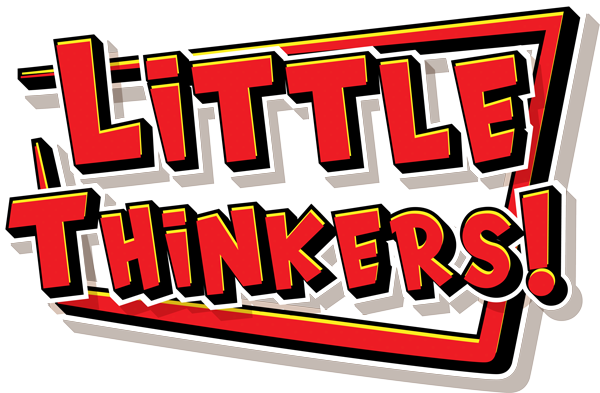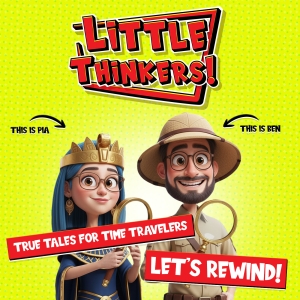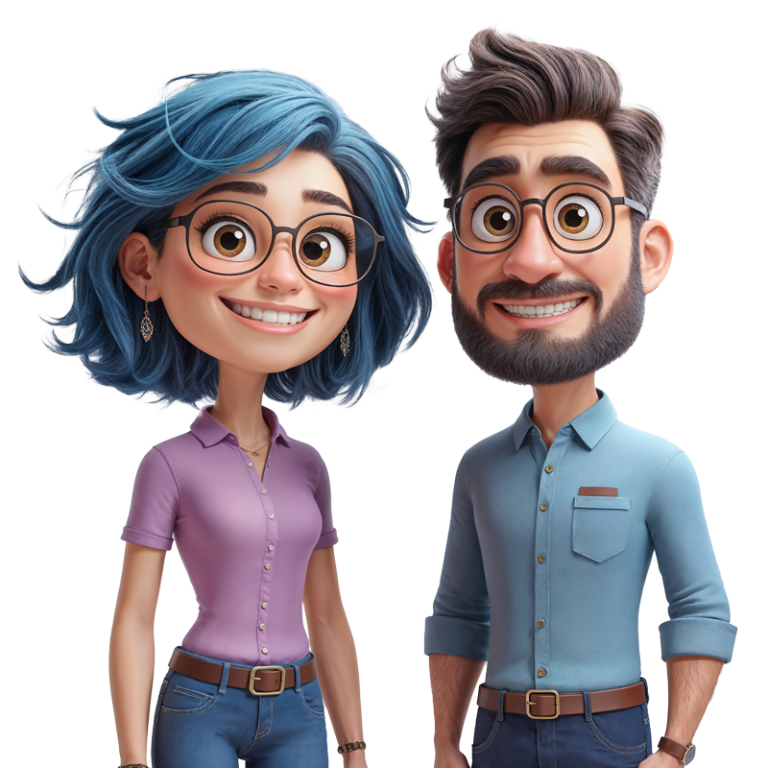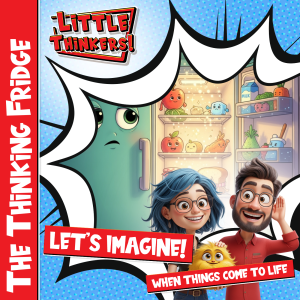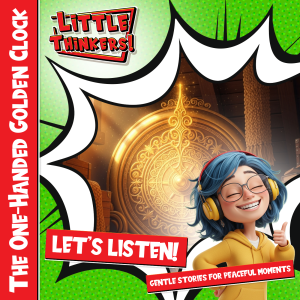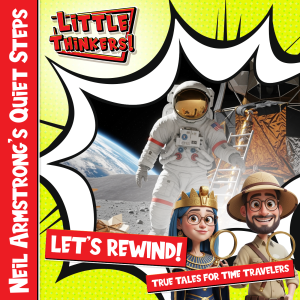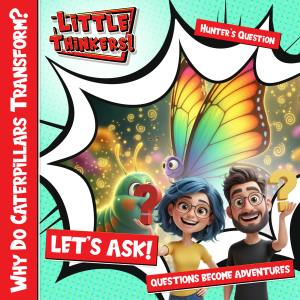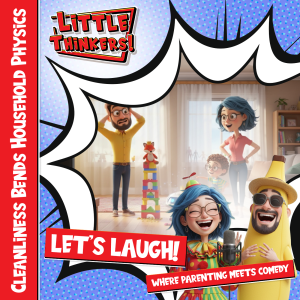Leonardo da Vinci: The Boy Who Drew Dreams Into Reality
Imagine This Amazing Scene
Picture this: It’s a warm spring evening in 1452, and in a small house near the village of Vinci, Italy, a baby has just been born. This tiny boy, named Leonardo, doesn’t know it yet, but he will grow up to become one of the most amazing people who ever lived! He’ll paint the most famous smile in the world, design flying machines hundreds of years before airplanes were invented, and fill thousands of pages with incredible inventions that still amaze us today.
What made Leonardo so special? He had something we all have but don’t always use: unstoppable curiosity. He asked “Why?” and “How?” about everything he saw. And guess what? You can do that too!
The Curious Child Who Watched Everything
Little Leonardo grew up surrounded by rolling hills, olive trees, and crystal-clear streams. While other children played games, Leonardo was busy watching dragonflies zip through the air and studying how water swirled around rocks in the river. He was left-handed, which made him special in another way – he often wrote backwards, from right to left, like writing in a mirror!
But here’s the coolest part: Leonardo drew everything he saw. Bird wings, cloud shapes, the way shadows fell across his hand – nothing was too small or ordinary for his curious eyes. He filled scraps of paper with sketches and notes, even grocery lists! Every single thing in the world seemed worth drawing to young Leonardo.
Fun Fact!
Leonardo’s backwards writing wasn’t just for fun – it helped keep the ink from smudging as his left hand moved across the page. Try writing backwards yourself – it’s like having a secret code!
Learning the Secrets of Art
When Leonardo was a teenager, his father took him to Florence, one of Italy’s most exciting cities. There, he became an apprentice in the workshop of Andrea del Verrocchio, a master artist. Imagine walking into that workshop – the air thick with the smell of hot metal from the forge, apprentices grinding colorful minerals to make paint, and the sound of hammers shaping sculptures!
Leonardo learned everything: how to draw perfectly, how to mix paints from egg yolks and crushed gems, and how light and shadow dance across a person’s face. He was so talented that there’s a famous story (though historians aren’t sure if it’s completely true) about him painting an angel so beautifully that his teacher never painted again!
Did You Know?
- Artists in Leonardo’s time made their own paints by grinding up precious stones, metals, and even bugs!
- Blue paint was made from a stone called lapis lazuli, which was more expensive than gold
- Leonardo mixed his paints so carefully that some of his paintings still look fresh after 500 years
The Bold Letter That Changed Everything
Picture this scene: Young Leonardo sits at a wooden table, carefully writing a letter by candlelight. But this isn’t just any letter – it’s a job application to one of the most powerful rulers in Italy, Ludovico Sforza of Milan! Leonardo promised to build amazing bridges that could fold up, design strong castle defenses, and create incredible machines for festivals. Oh, and by the way, he mentioned at the very end, he could also paint a little.
The letter worked! Soon, Leonardo was packing his belongings and traveling north to Milan, a bustling city filled with the clang of armor, the clip-clop of horses, and the excitement of new ideas. Leonardo didn’t just want to be an artist – he wanted to be an inventor, engineer, and scientist all rolled into one!
The Most Famous Dinner Party Ever Painted
In a quiet monastery dining hall in Milan, Leonardo began what would become one of the most famous paintings in the world: The Last Supper. But Leonardo didn’t paint like other artists of his time. While they painted quickly on wet plaster, Leonardo tried something completely new – a special mixture that would let him work slowly and fix tiny details.
For months, Leonardo studied faces on the streets of Milan, looking for the perfect expressions for each of the twelve disciples. He wanted to capture the exact moment when surprise and shock filled the room. Every gesture, every glance, every fold in the clothing was painted with incredible care.
Amazing Details
Look closely at The Last Supper and you’ll find incredible details: a spilled salt shaker near Judas (salt was considered bad luck), three windows opening to soft light behind the central figure, and hands that tell stories all by themselves. Leonardo used math and science to make your eyes naturally look at the most important person in the painting!
The Giant Horse That Never Was
Leonardo’s next big challenge was enormous – literally! He was asked to create a giant bronze horse statue to honor the Sforza family. We’re talking about a horse taller than a grown person and as long as a small car! Leonardo studied real horses for months, drawing their muscles, their graceful movements, and how they held their heads.
He built a clay model so huge that people came from miles around just to stare at it. But then war came to Milan, and all the bronze meant for the horse was used to make cannons instead. When enemy soldiers invaded the city in 1499, they used Leonardo’s beautiful clay horse for target practice, shooting it full of arrows until it crumbled.
Leonardo didn’t give up or get angry. He simply turned back to his notebooks, carrying the memory of his perfect horse in his mind, where no arrows could destroy it.
The Horse Lives On!
In 1999, exactly 500 years later, artists in Italy and America built Leonardo’s horse from his original designs. Now there are giant Leonardo horses in Milan and Michigan, proving that great dreams never really die!
Secret Studies by Candlelight
To become a better artist and understand how bodies work, Leonardo did something very unusual for his time. With special permission, he studied human bodies in hospitals at night. This wasn’t scary or gross to Leonardo – it was like reading the most amazing book ever written!
By candlelight, he carefully drew muscles like rope bridges, bones like the framework of buildings, and the heart like a powerful pump. His drawings were so accurate that medical students still study them today! Leonardo treated this work with great respect and care. He wanted to understand the incredible machine that is the human body so he could paint and design better.
Life Back Then
- People in Leonardo’s time thought the heart had only two chambers (it actually has four)
- Many believed that blood was made in the liver and used up by the body
- Leonardo was one of the first to draw the heart correctly and understand how blood flows
The Dream of Flight
Every time Leonardo saw a bird soar overhead, his heart soared with it. He climbed hills to watch hawks ride invisible rivers of warm air. He filled notebook after notebook with drawings of wings, studying how feathers caught the wind and how birds steered through the sky.
Leonardo designed incredible flying machines: a glider with enormous fabric wings, a strange contraption called an “aerial screw” (which was like an early helicopter!), and even a pyramid-shaped parachute. Most of these couldn’t actually fly with the materials available then, but Leonardo was asking the right questions centuries before the Wright brothers took their first flight!
Amazing Flying Facts
- Someone actually built Leonardo’s parachute design in 2000 – and it worked perfectly!
- His aerial screw design inspired modern helicopter inventors
- Leonardo calculated that his glider would need a 24-foot wingspan to carry a person
- He studied over 20 different bird species to understand flight
The Robot That Made Kings Laugh
Long before anyone imagined computers or robots, Leonardo created something amazing for the royal court. Using wound-up springs and carefully crafted gears, he built a self-moving cart that could roll across the floor and even turn corners – all by itself! Historians today call it one of the first robots ever made.
For royal parties, Leonardo designed floating stage clouds, mechanical suns that moved across fake skies, and even a mechanical lion that could walk across a room and open its chest to reveal beautiful lilies inside. The crowds gasped and applauded, but Leonardo had a bigger goal – he wanted to show that machines could create wonder and beauty, not just help with war.
The Smile That Changed Art Forever
In a quiet corner of his studio, Leonardo began work on a small painting – just 30 inches tall and 21 inches wide. The woman posing for him was probably Lisa Gherardini, the wife of a wealthy merchant. But Leonardo didn’t just paint her portrait; he created something magical.
Using a technique called sfumato (which means “smoky” in Italian), Leonardo painted with layers so thin you could barely see them. He blended shadows so softly that edges seemed to disappear, especially around the woman’s eyes and the corners of her mouth. The result? The most mysterious smile in the world!
Leonardo carried this painting, which we now call the Mona Lisa, with him everywhere for years, always adding tiny touches and improvements. Today, millions of people visit the Louvre Museum in Paris just to see that gentle, knowing smile.
Mona Lisa Mysteries
- The painting has no eyebrows or eyelashes – that was fashionable in Leonardo’s time!
- Leonardo never delivered the painting to whoever ordered it
- The smile appears and disappears depending on how you look at it
- It took Leonardo four years to paint her lips alone
The Perfect Human
On another page, Leonardo created one of the most famous drawings ever: the Vitruvian Man. It shows a man with his arms and legs stretched out, fitting perfectly inside both a circle and a square. This drawing proves something amazing – the human body follows mathematical rules!
Leonardo discovered that if you spread your arms wide, the distance from fingertip to fingertip equals your height. Your face from chin to forehead is exactly one-tenth of your full height. These patterns showed Leonardo that nature and math are best friends, working together to create beauty and balance.
The Map That Changed Navigation
Around 1502, Leonardo worked as a military engineer, riding from town to town with maps and measuring tools. In the city of Imola, he created something revolutionary – a map so accurate it looked like a photograph taken from high above! Leonardo walked every street, counting his steps and measuring distances with a special wheel.
His map showed every building, every street, every gate and tower. It was like having a bird’s-eye view of the entire city. Generals and city planners could make better decisions because they could see exactly how their city was laid out. Leonardo had invented modern mapmaking!
Engineering Genius
- Leonardo designed locks for canals that are still used today
- He planned an ideal city with separate roads for people and wagons
- His designs included covered drains to keep cities cleaner
- He invented a system to lift water to higher levels without pumps
The Final Chapter in France
When Leonardo was 64 years old, the young King Francis I of France invited him to live in a beautiful manor house called Clos Lucé. The king didn’t want Leonardo to paint or build – he just wanted to talk with the great master and learn from his incredible mind.
Even though Leonardo’s right hand was paralyzed from a stroke, his mind was as sharp as ever. He designed costumes for royal parties, advised on canal projects, and continued filling his notebooks with observations about everything from water flow to the flight of birds. The king visited often, calling Leonardo “Premier Painter, Engineer, and Architect to the King” – but more importantly, he called him friend.
The Notebooks That Changed the World
When Leonardo died in 1519, he left behind over 13,000 pages of notes and drawings. These weren’t just any notes – they contained designs for helicopters, tanks, submarines, machine guns, and parachutes, all invented centuries before anyone else thought of them! His student Francesco Melzi inherited these precious notebooks and spent his life trying to organize them.
Today, these notebooks are scattered around the world in museums and libraries. The Codex Atlanticus in Milan contains 1,119 pages of Leonardo’s work. The Codex Leicester (which Bill Gates bought for $30.8 million in 1994!) contains his studies of water, rocks, and fossils. Each page is like opening a window into the most curious mind that ever lived.
Lost and Found Treasures
- Many of Leonardo’s notebooks were lost over the centuries
- In 1967, two lost notebooks were discovered in the National Library of Spain
- Historians estimate Leonardo wrote over 50,000 pages during his lifetime
- Some pages were used as scrap paper by people who didn’t know their value!
Leonardo’s Incredible Inventions That Really Work
Modern inventors have built working models of Leonardo’s designs, and guess what? Many of them actually work! His self-propelled cart rolls perfectly. His bridge design is so strong it can hold a car (even though he designed it for horses and people). His robot knight can walk and move its arms just like Leonardo planned.
But Leonardo didn’t just invent machines – he invented new ways of thinking. He believed you should always test your ideas, learn from mistakes, and never stop asking questions. He combined art with science, engineering with beauty, and imagination with careful observation.
What Would Leonardo Think of Today?
Imagine if Leonardo could visit our world today! He’d probably be amazed by airplanes (his flying dream came true!), smartphones (computers that fit in your pocket!), and the internet (all human knowledge available instantly!). But he might also remind us that the most important tool for discovery isn’t technology – it’s curiosity.
Leonardo would love 3D printers (making his inventions would be so much easier!), space exploration (the ultimate flying machines!), and medical scanners that can see inside the human body without making a single cut. He’d probably fill a thousand notebooks just trying to understand how a simple light bulb works!
Leonardo’s Ideas Everywhere!
- Modern helicopters use his aerial screw principle
- Contact lenses work like his camera obscura studies
- Modern robots use gear systems he designed
- Bridge builders still use his architectural principles
- Art students learn his sfumato shading technique
The Greatest Lesson of All
Leonardo da Vinci’s life teaches us something wonderful: you don’t have to choose between being artistic and being scientific, between asking questions and creating beauty, between dreaming big and working carefully. Leonardo showed us that the best way to understand our amazing world is to look at it with curious eyes, draw what we see, ask “What if?” and never, ever stop learning.
Every time you watch a bird fly and wonder how it stays up, every time you draw a flower or design a better way to organize your room, every time you ask “Why does that work that way?” – you’re thinking like Leonardo da Vinci. And that’s pretty amazing!
Be Like Leonardo!
Start your own observation notebook. Draw something new every day. Ask questions about how things work. Try to solve problems with creative thinking. Remember: every great inventor started as a curious kid who wouldn’t stop asking “Why?” and “What if?” The world needs more people like Leonardo – and that includes you!
